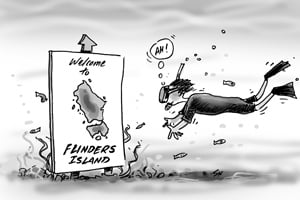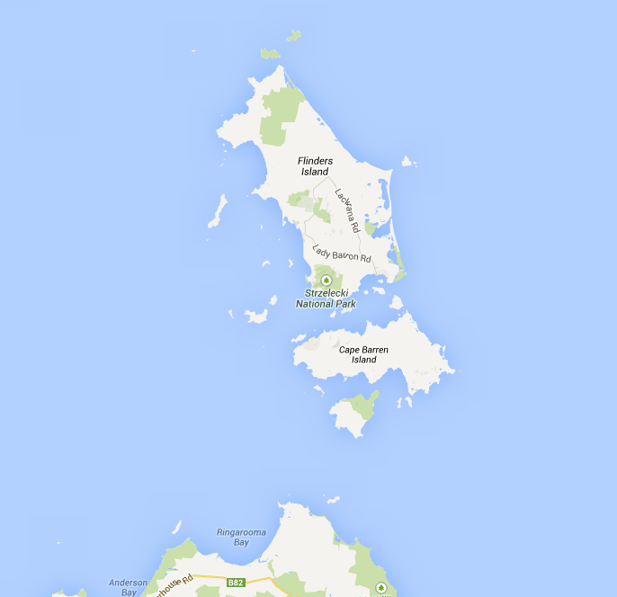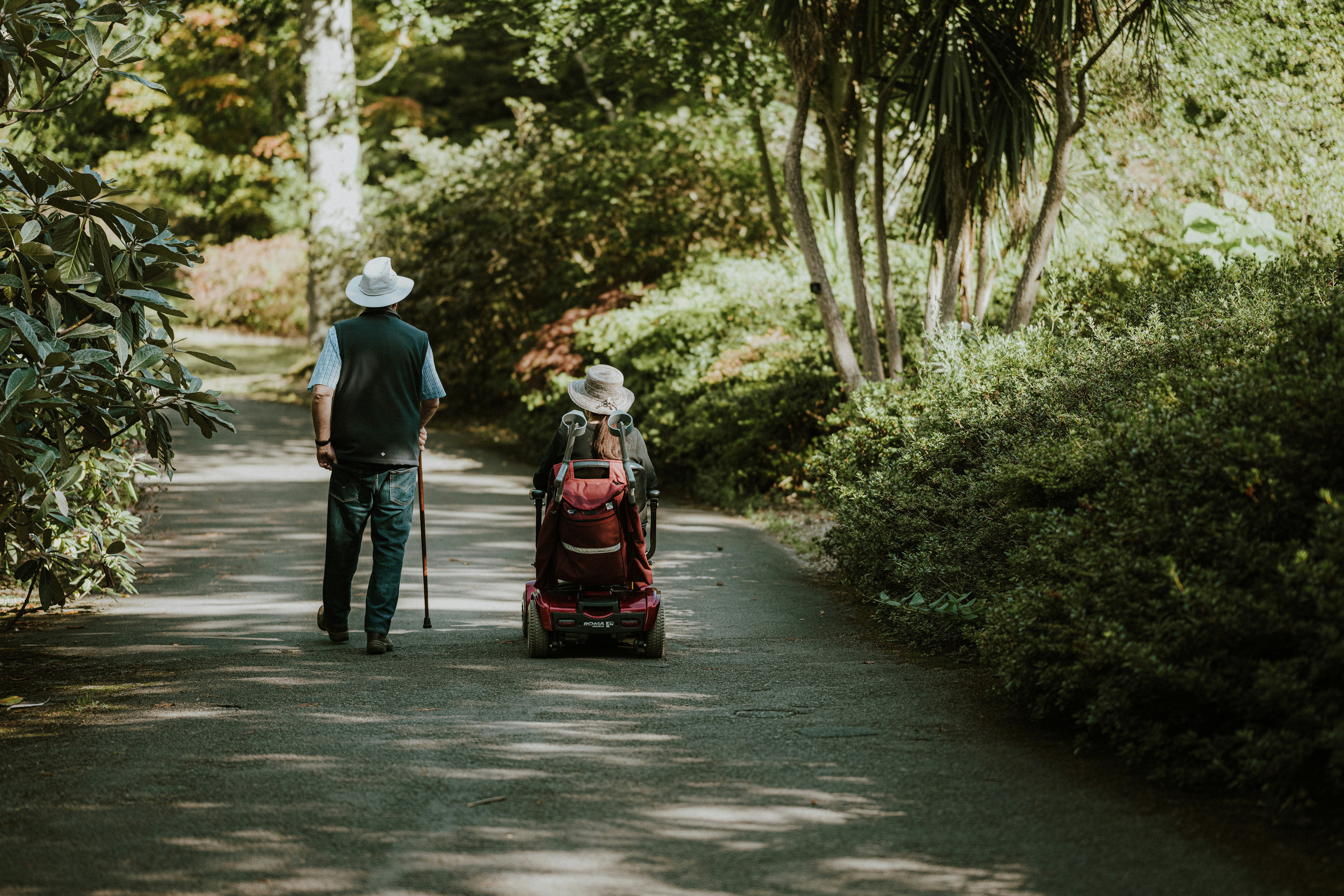Do you think your council is too small for a community profile? When .id first put profile.id together, we thought it would be useful for large metropolitan councils to look at differences between suburbs. It still is very useful for these councils, but more and more we’ve seen it taken up by smaller regional councils, who take advantage of the ease of finding information on their populations and comparing over time on consistent geographic boundaries, to make evidence based decisions and advocate for their communities.
And we are pleased to announce that we have just added our smallest community profile, Flinders Council, in the Furneaux Island group, Tasmania – population 802.

The Furneaux Island group consists of 52 islands at the eastern end of Bass Strait, situated between Wilsons Promontory in Victoria and the north coast of Tasmania. Only two of the islands, Flinders Island and Cape Barren Island, are permanently inhabited, and the islands are administered by Flinders Council, at Whitemark, Flinders Island. The total population in 2012 was 802 people.

It is a rugged and remote area, covering almost 2,000 square kilometres. Surrounded by crystal clear waters, with a backdrop of rugged mountains and teeming with wildlife. A great place for bushwalking, snorkeling and swimming, and getting away from it all. All the islands are popular with sea kayakers who make the crossing of Bass Strait stopping at the inhabited and uninhabited islands alike.

(photo courtesy of Flinders Island website)
You can now access the Furneaux Group profile.id site at the following link:
http://profile.id.com.au/flinders-island
So what can profile.id tell you for a small population like the Furneaux Group?
Jo Clarke, Communications Officer for Flinders Council had this to say about why they subscribed to profile.id:
“The Flinders Council recognises that over time the Flinders Island population is gradually decreasing. This may be due to farming being more consolidated and an overall shortage of employment. Visitation numbers to the island have increased however we are not converting the visitors to live here permanently. We intend to use profile ID to make more informed decisions about the population trends and work towards driving the flinders economic growth and liveability.”
Unfortunately, the area certainly does have a declining population. Profile.id shows that the islands lost 82 people between 2006 and 2011, almost 10% of their population, and a total of 174 people over the past 15 years. It is also an ageing population. With no tertiary education and few employment opportunities for young people, there is very little population aged between 18 and 30 as they tend to move out after school age – but there are quite a few retirees moving in for the quiet life. With limited health care though, you can see many of them move out when they reach their 80s.

Education and income levels are similar to the Tasmanian average, however. Just over 400 people are employed and there is a very low unemployment rate – just 2.1% in March 2013.
Flinders Council is a $42m economy, with the main industries being Agriculture and Fishing, Accommodation and Tourism, and Health Care. Most households fully own their homes, but there is a surprisingly high number of renters, including some social housing.
More people migrate out of the area than in, and the main population losses are to the mainland of Tasmania, particularly the City of Launceston. But there is movement in as well, with Canberra providing the largest inflow of population between 2006 and 2011. There was also movement from regional Victoria and NSW.
The Furneaux Group has a large Aboriginal population – 128 people, or 16.5% of the population identified as aboriginal in the 2011 Census, though this also declined from 2006. The second inhabited island, Cape Barren Island is a mainly indigenous community, with 66 people resident.
You can access information for Cape Barren Island as well as the northern and southern parts of Flinders Island separately by using the Additional Areas menu on profile.id.
I’ve had a lot of fun researching for this blog and the Furneaux Group profile.id site. I must admit that I’ve never visited the islands myself, but hope to soon, they look fascinating!
It’s actually not too hard to visit Flinders Island. Sharp Airlines fly daily from Launceston and twice a week from Essendon Airport in Melbourne. It’s about an hour’s flight from Melbourne and a short 40 minute hop from Launceston.
For more information about Flinders Island and the Furneaux Group, you can also check out the Flinders Island Tourism website at www.visitflindersisland.com.au
Do you work for a small regional council that might benefit from the kind of easy access to demographic information that profile.id provides? .id have low cost packages specifically tailored to small councils. Give us a call on (03) 9417 2205.















